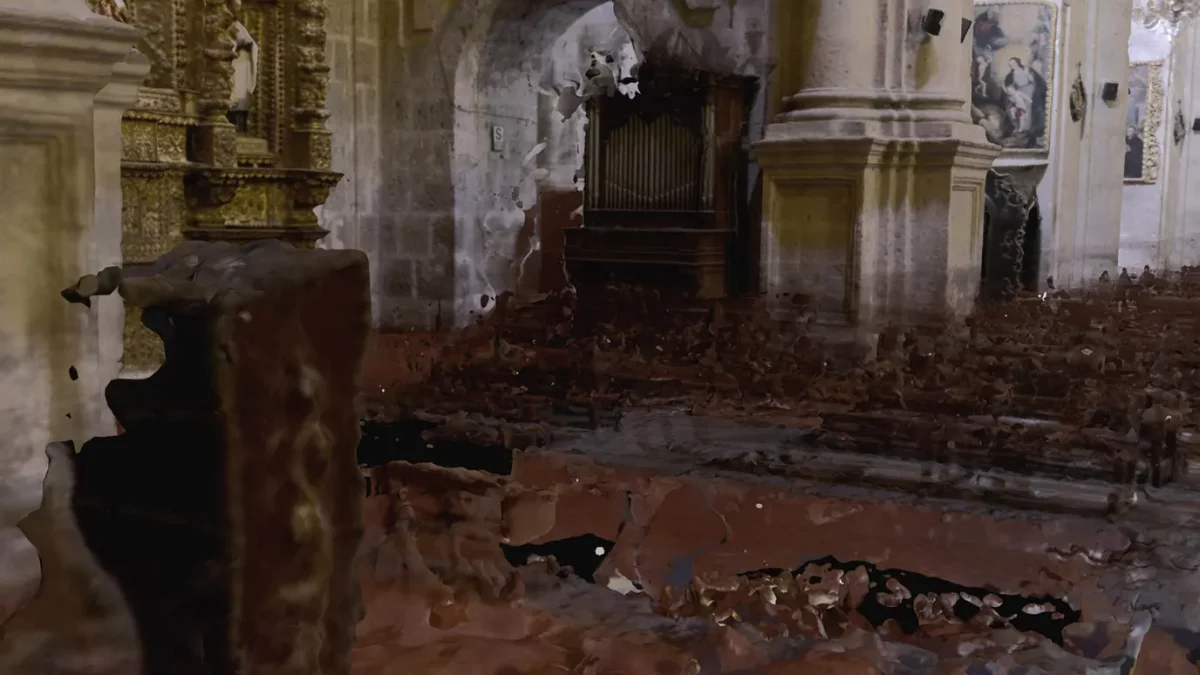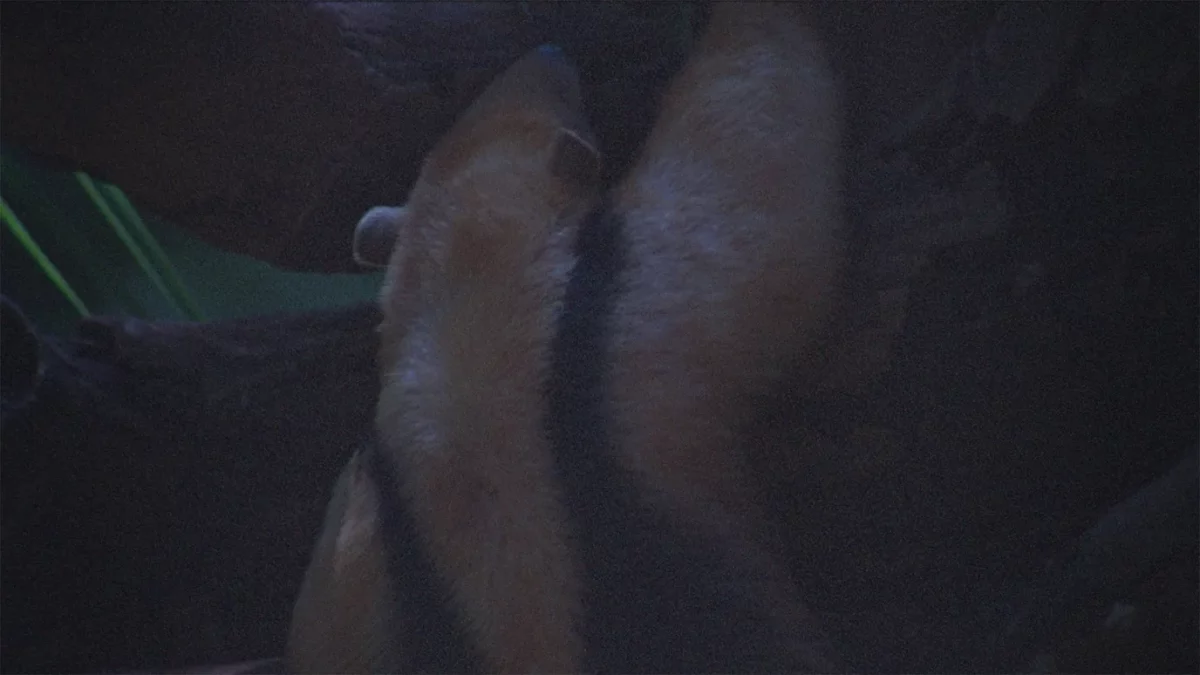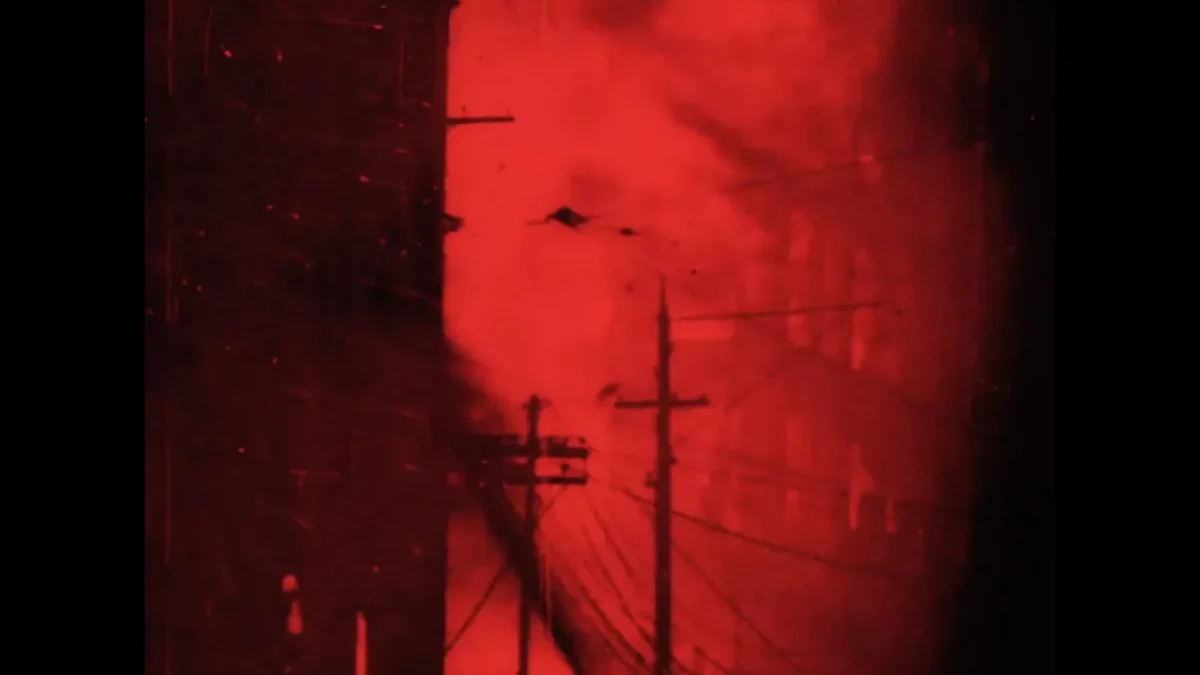i. Ever since statically capturing the motions of daily laborer life in fin de siècle France, the movie camera has existed as a tool for exploration not unlike the binoculars used by a big game hunter in colonial Kenya or the telescopes that helped European settlers spot the untamed lands of a so-called “new world”. Despite initially being deemed as a mere intermediary between the naked eye and the world itself, the distance provided by the camera’s lens has always made the relationship between observer and subject somewhat detached.
This sentiment was perhaps never quite as literal—in its sense of separate or disconnected—as when cinema has come into contact with “exotic” landscapes beyond the “Western world”. Be it in Murnau’s lyrical ethnography in Tabu (1931) or Flaherty’s dramatic staging in Nanook of the North (1922), the idiosyncrasies of the milieu in question take a backseat to more universal narrative threads and aesthetic signifiers. In a way, these filmmakers aimed to transport the exotic flourishes to a more “recognizable” realm, just like 19th century explorers sought to tame the unsurmountable and translate the untranslatable features from these foreign and strange corners of the world.
ii. Cinema, however, also provides opportunities for other kinds of approximations, as showcased by three films that played at the International Film Festival Rotterdam’s 2023 edition:
- Ana Vaz’s É Noite na América;
- Felipe Esparza Pérez’s Cielo abierto;
- Jerónimo Atehortúa Arteaga and Luis Ospina’s Mudos testigos.
Their contexts and styles are quite divergent, yet they share a central conceit built around rendering tensions and contradictions, instead of molding the inherent chaos of what they’re depicting into a rigid and comforting frame.
What these three films all deal with is how human settlement itself seems like a collision with the erratic and free-flowing nature of Latin America as a region. Its myriad ecosystems have called into life a kaleidoscopic array of mythologies all built around the act of migration, of transitions and movements. Nothing is static among the imposing peaks of the Andes, in the dense depths of the Amazon jungle, or on the expansive banks of the Orinoco river.
iii. Scattered, roughened, ancestral. The potential links and contradictions between these three adjectives showcase what these films are aiming to embody, a regional timeline marked by the power struggle between a monolithic natural world and the inane goal of human subsistence. As if they were metaphysical entities, the elemental powers of the Earth flow through history, helping with crops, confusing invaders, and challenging those who take just a little bit more than what they needed. But to really represent this, one can’t simply rely on the limiting and unreliable domain of sight. After all, the weight of said forces is only apparent through their tactility.

- In Cielo abierto, an imposing cliff of white volcanic stone fills half of the frame, slowly but steadily giving way to the clear-blue open skies of the rural outskirts of Arequipa, Peru. It is being chipped away at for the gain of construction materials needed to raise the pillars of some modern monolith. Concurrently, a computer screen showcases a series of vectors and pixels looking to replicate some kind of baroque structure. However, contrasting these acts might seem on paper, they are not only linked by the familial bonds between their perpetrators, but by the unexpected parallels that arise.
First time feature filmmaker Felipe Esparza Pérez creates an immersive atmosphere out of aural enticement and cyclical rhythms, which exchanges any semblance of traditional plot for a mostly sensory experience. The screen works almost as a blank canvas for mostly abstract textures and volumes, jarringly juxtaposed with the violent colonial baggage of barroco andino architecture coming to life nearly in real time, as elements begin to add up and patterns materialize.

- In É Noite na América, the endless Brazilian twilight is intertwined with a whole bestiary of displaced tropical creatures, each one of them drifting aimlessly in search of a lost habitat consumed by aseptic concrete edifices and slick steel structures. The urban landscape of Brasília is felt as an aggravating black hole of endless roads, its industrial dissonance exuding an oppressive atmosphere; precisely how its fauna conceivably perceives the overwhelming collection of man-made monstrosities.
Expanding on her short film oeuvre built around displacement and colonialism, Ana Vaz dynamites the principles of ethnographic filmmaking, and then erects a deeply expressionistic rebuttal on their decaying foundations. Composer Guillherme Vaz’s meditative drones act as a guide through the hypnotizing poetic incursions into day-for-night methods, frame rate alteration and nearly abstracted 16mm portraits of melancholic wildlife.

- In Mudos Testigos, a fire consumes the screen to the point of visual and aural abstraction. Dissonant soundscapes and abrasive textures effectively wash away the idealized city plans of a Colombian urban center, providing a transition towards the all-encompassing lushness of the impenetrable jungle, so feared by the colonial overlords—as evidenced by their canonical literature—and condescendingly revered by their latest incarnations as the perfect setting for their careless leisure.
In a multi-generational and posthumous collaboration between legendary Colombian filmmaker Luis Ospina and contemporary director Jerónimo Aterhortúa Arteaga, a collection of rare films from Colombian cinema’s silent period are meshed together and recontextualized to create a lasting testament to the South American nation’s identity. Fiction, newsreel and experimental footage all collide in a cinematic search for new meanings and sensations, a revitalization of a forgotten history that establishes a dialogue with our contemporary times through pure filmic expression. Here, the classical silent-era love story progressively shows cracks of urgency and unrest struck by its effervescent political context, exemplified by the archival material itself breaking down into an oneiric foray into the unknown.
iv. In each one of these cases, the film models itself as a refraction of uncontrollable forces. The medium’s conventions and traditions are bypassed by the blunt rawness of the unruly and enthralling flows of the atemporal, forging a responsive relationship with the environment that throws off the shackles of certainty for a form of pure and kinetic exploration.